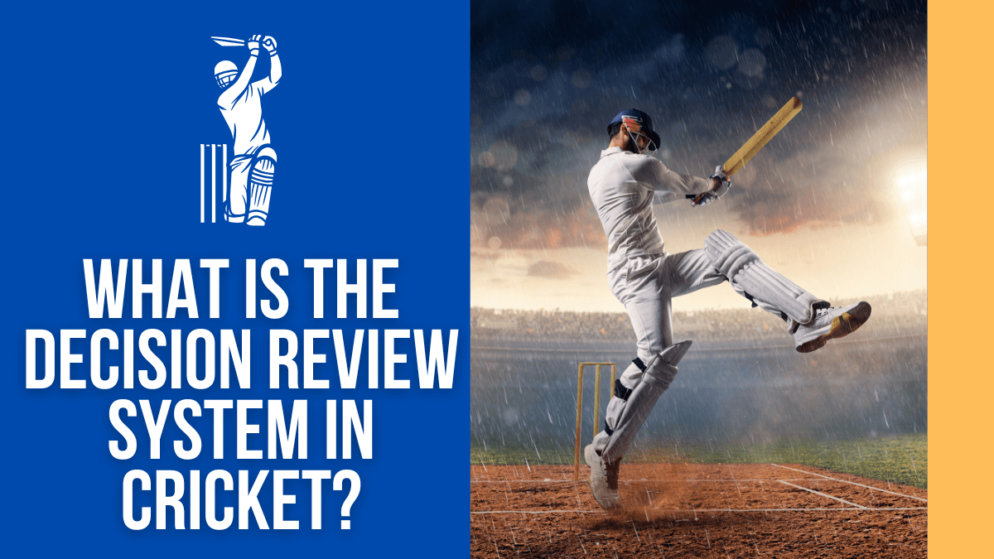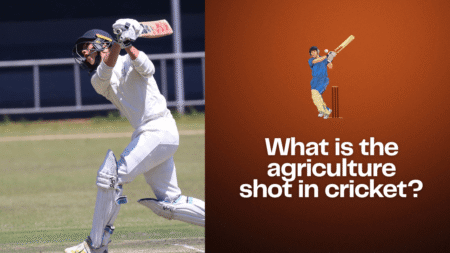

To enhance decision-making in cricket, the DRS or the Decision Review System was developed. This technological advance is a system comprising of electronic review systems. The four essential review systems used most often are replays, ultra edge or snickometer, hotspot detection and ball tracking technology.
Replays
Replays officially became a part of the decision-review system in 2008. Though they have been used since 1992 to make decisions on run outs, the recent systems have better camera angulations, frame rates, and zooming systems for better visibility.
Moreover, video replays in slow motion are also used now to check if the bowler has landed a legal delivery. Some other prominent uses of video replays include the position of the batter in stumpings, the presence or absence of a gap between ball and bat in leg before wicket or caught out decisions, and the position of the fielders when the ball is caught in close proximity to the boundary line.
When an appeal is made by the fielding side for a leg before wicket or caught behind/out, a snickometer or an ultra edge guides the umpire. This audio-based advance detects whether or not the batter has edged the bat or any other part of the body. An on-screen detector shows a spike if an edge is recognized when the ball passes the bat. If there is no spike or a flat line, then it confirms that the ball was not edged.
Hotspot
Another technological advance that is useful in leg before wicket or caught behind/out decisions is the hotspot. It works on the principles of infrared imaging and requires heavy equipment installation. Two cameras are placed on the opposite sides of the ground. When the ball edges the bat, the heat generated by the friction due to contact is visible as a white spot in the grayscale replay.
Hawk-Eye
The hawk-eye is a ball tracking technology that has been used in various sports. In cricket, it has been used by umpires to decide upon leg before wicket dismissals. Six cameras that function at a rate of 340 frames per second are used in the hawk-eye. When the video replay confirms that the bowler had landed a legal delivery, and that the ball has not touched the batter’s bat or glove before striking the pads, then the hawk-eye is then used as a final step of the process. The hawk-eye reveals where the ball pitched and predicts the path of the ball based on set algorithm, if at all it would have gone on to hit the stumps.
Number of reviews
Each team gets two reviews per innings in One Day International and T20 matches. In test cricket, there are three such reviews. Since test cricket sees each team bat twice, unused reviews of the first innings cannot be transferred to the second innings. The player or team reviews are retained by a team if their review is successful or if the result of the decision-review system shows ‘umpire’s call’. Another type of review is an umpire review which does not count as a player or team review. These are reviews taken by the umpire to seek clarity on the proceedings wherein they have their doubts.








